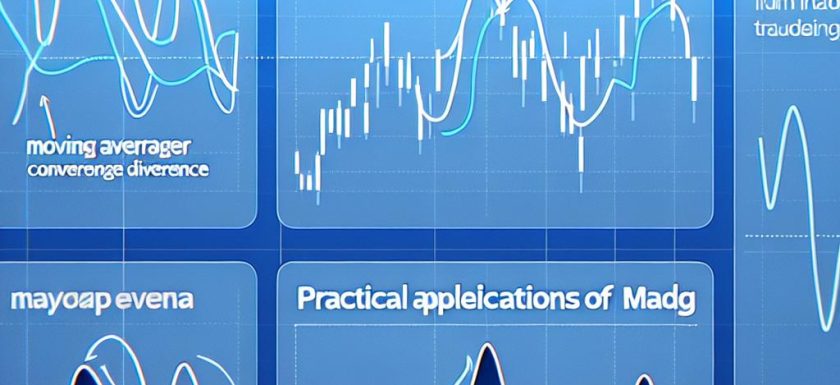
How to Use Fibonacci Retracement in Index Technical Analysis
Understanding Fibonacci Retracement Fibonacci Retracement is an influential tool within the realm of technical analysis, predominantly used to pinpoint potential support and resistance levels in the financial markets. It enjoys particular popularity in index trading circles due to its capacity to furnish traders with pivotal price levels, which might signal reversals or continuations of prevailing market trends. Origins of Fibonacci Retracement The concept of Fibonacci Retracement is grounded in the Fibonacci sequence, a mathematical series where each number is the sum of its two predecessors. When applied to trading, crucial Fibonacci levels are ascertained by dividing numbers within this sequence, focusing on the ratios ofRead More →



